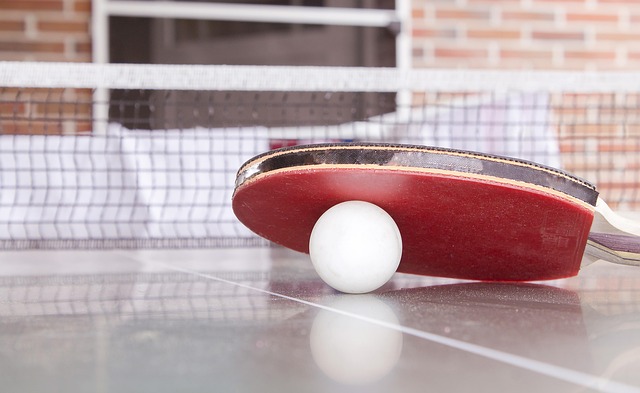
“Ping: The Ultimate Guide to Improving Your Gaming Connection”
Ping: The Ultimate Guide to Improving Your Gaming Connection
If you’re a passionate gamer, you know that nothing kills the thrill of an intense multiplayer match quite like lag. That split second delay between your action and the game’s response is often caused by something called ping. Understanding and optimizing your ping can transform your gaming experience from frustrating to flawless.
What Is Ping, and Why Does It Matter?
Ping is a measure of the time it takes for your device to send a signal to a game server and receive a response, usually measured in milliseconds (ms). The lower your ping, the faster your commands register in the game world. High ping results in noticeable delays, making fast-paced games like shooters or MOBAs feel sluggish and unresponsive.
The Emotional Weight of High Ping
We’ve all been there—lined up a perfect shot, only for your character to freeze while the enemy fires back instantly. That stinging frustration, the feeling that the game is working against you, is often the signature of high ping. It can challenge your patience and make you question your skills, but the real culprit is the connection lag.
How to Check Your Ping
Before you start fixing, you need to know where you stand:
- In-Game Ping Display: Most games show your current ping in the settings or HUD.
- Third-Party Tools: Apps like PingPlotter or websites such as Speedtest.net can provide more detailed insights.
Simple Steps to Lower Your Ping
Improving ping is often about reducing the distance and obstacles between you and the game server:
- Use a Wired Connection: Ethernet connections are more stable and faster than Wi-Fi.
- Close Background Applications: Streaming, downloads, or other bandwidth-heavy apps can spike your ping.
- Choose a Server Close to Your Location: Many games allow you to select servers closer to you geographically.
- Restart Your Router: Sometimes a simple reboot clears networking issues that cause latency.
- Update Network Drivers: Keeping your drivers current can improve connection efficiency.
Advanced Tips for the Dedicated Gamer
For those who want to dive deeper into reducing ping:
- Quality of Service (QoS) Settings: Configure your router to prioritize gaming traffic.
- Use Gaming VPNs: In some cases, a VPN can help by routing your traffic more efficiently.
- Optimize Game Settings: Lowering graphics or disabling non-essential features can indirectly reduce latency.
- Upgrade Your Hardware: Better network cards and games consoles/PCs with faster processors can handle data more efficiently.
Patience and Persistence Pays Off
Improving your ping isn’t always an overnight fix—sometimes it takes testing different setups to find what works best for you. But once you tame your ping, the game changes entirely: your reflexes feel sharper, your frustrations fade, and the victory tastes so much sweeter.
Remember, in the gaming world, milliseconds matter, and mastering your ping is mastering your gameplay.

